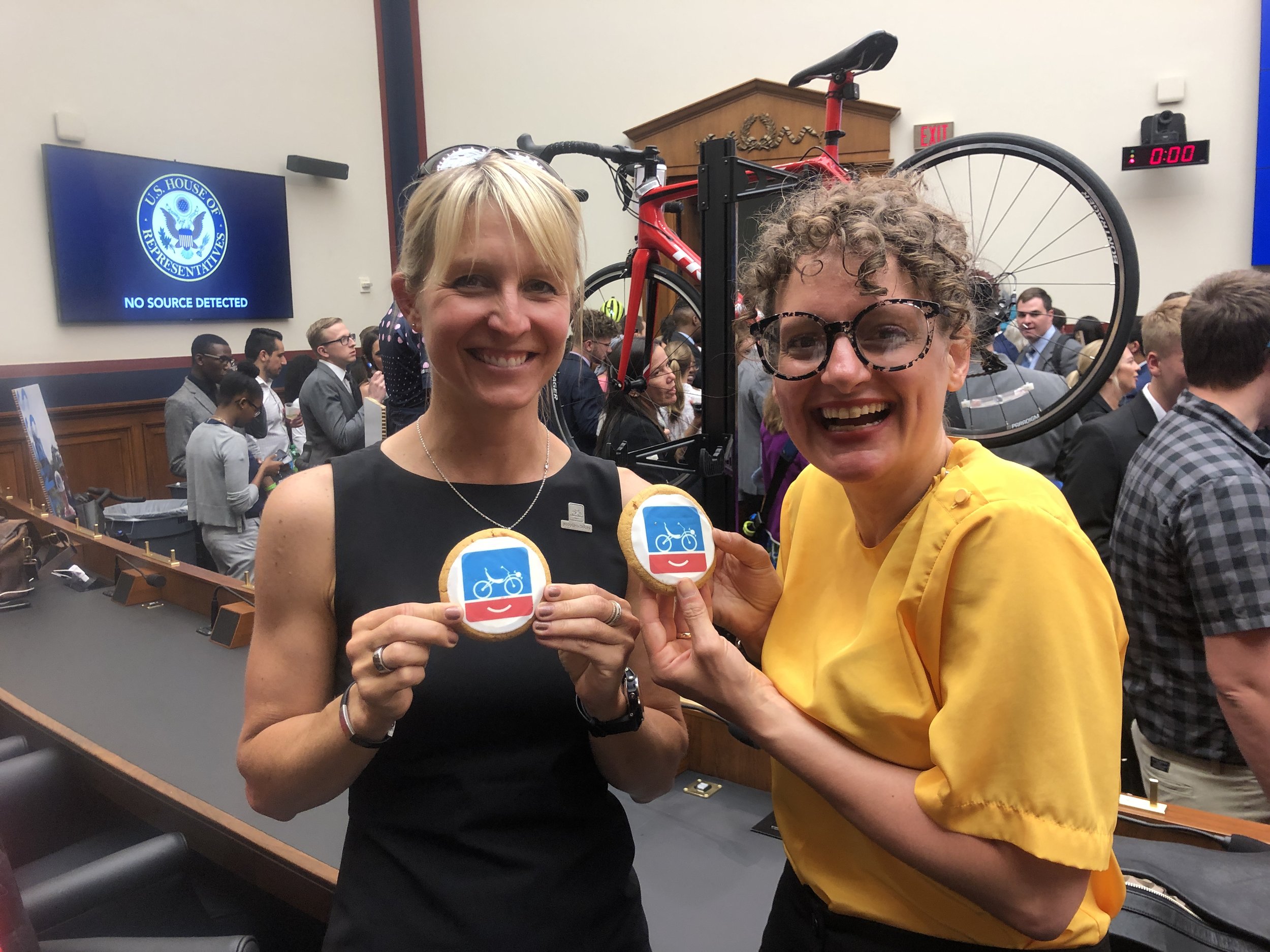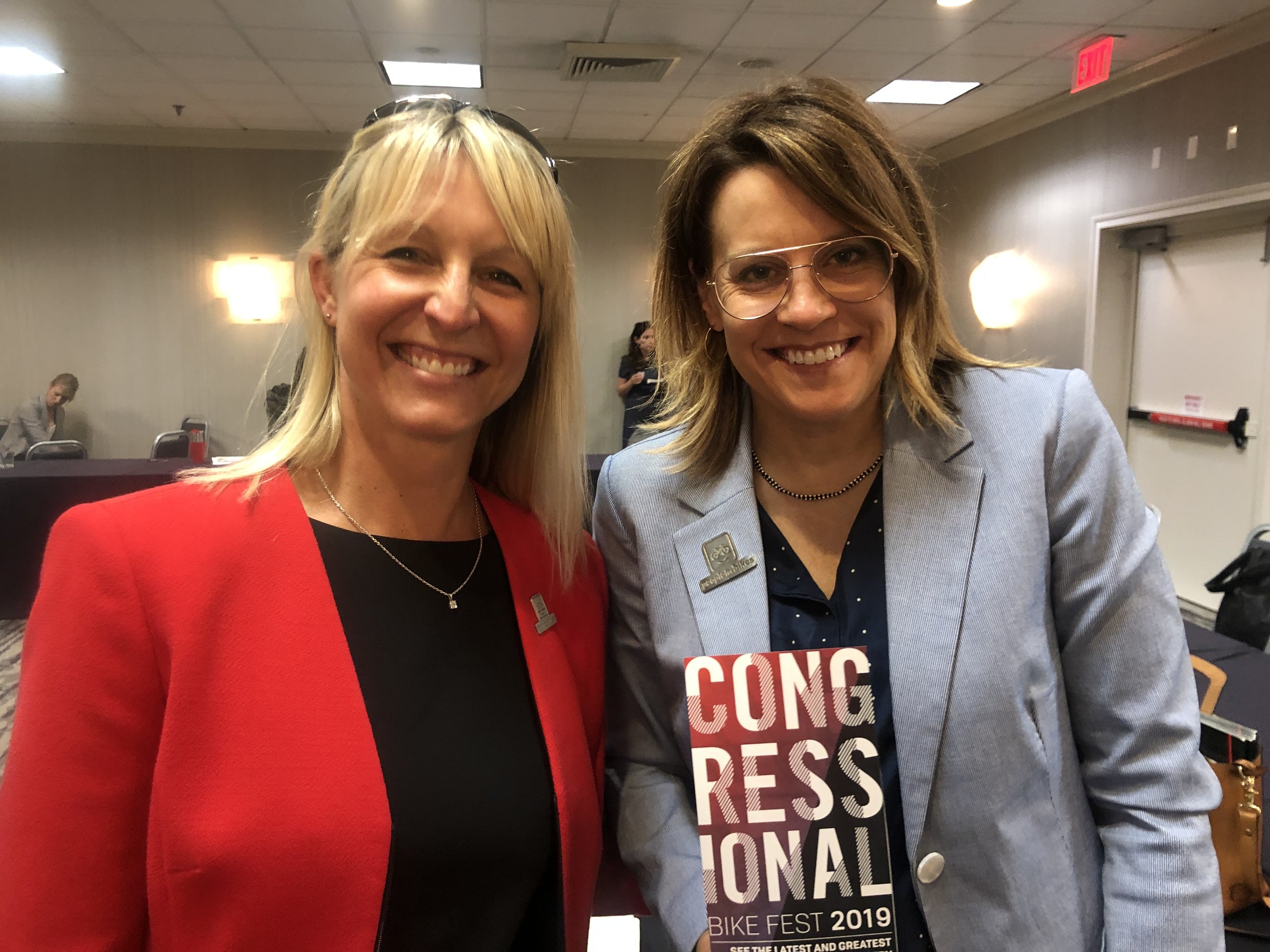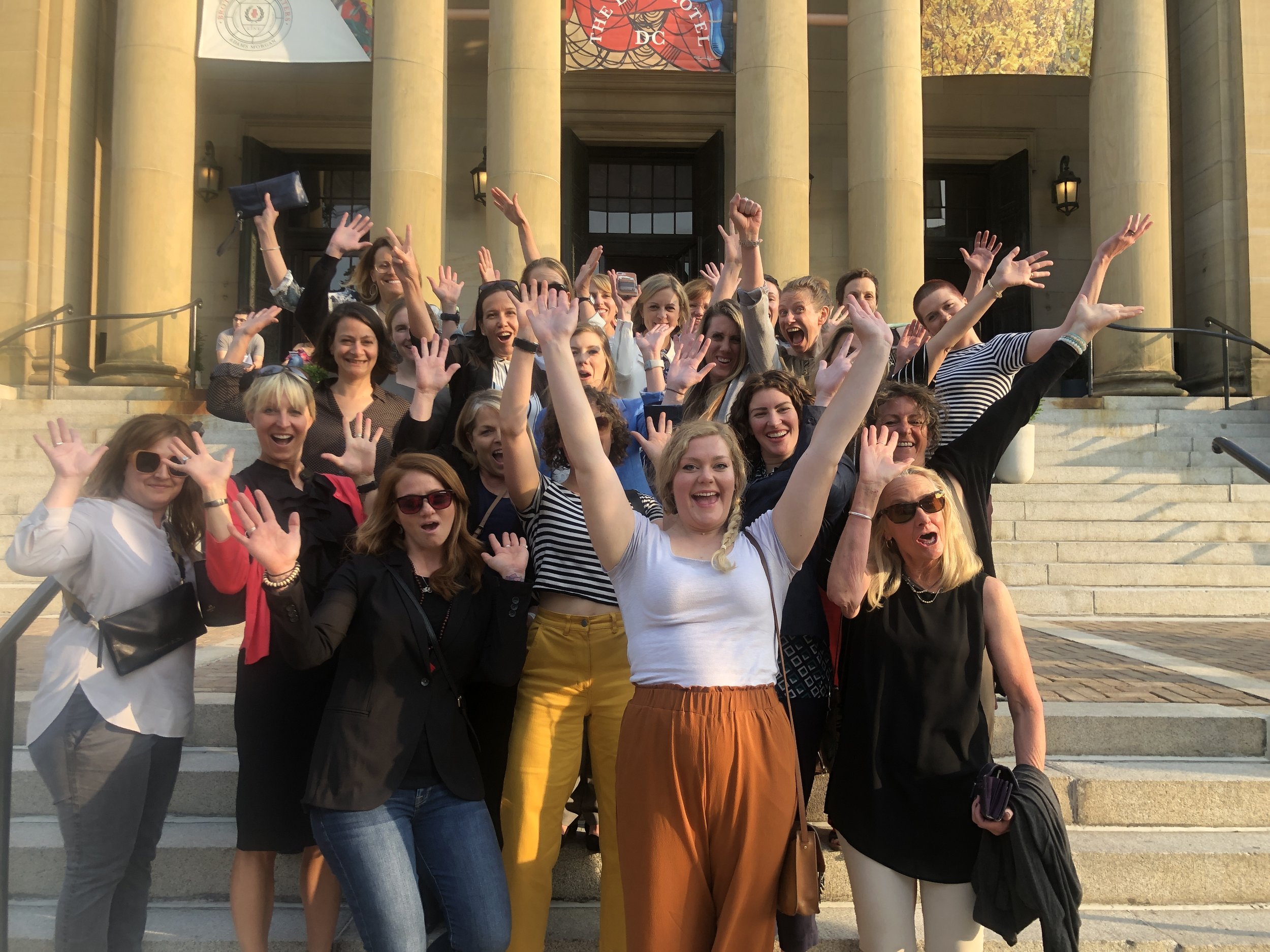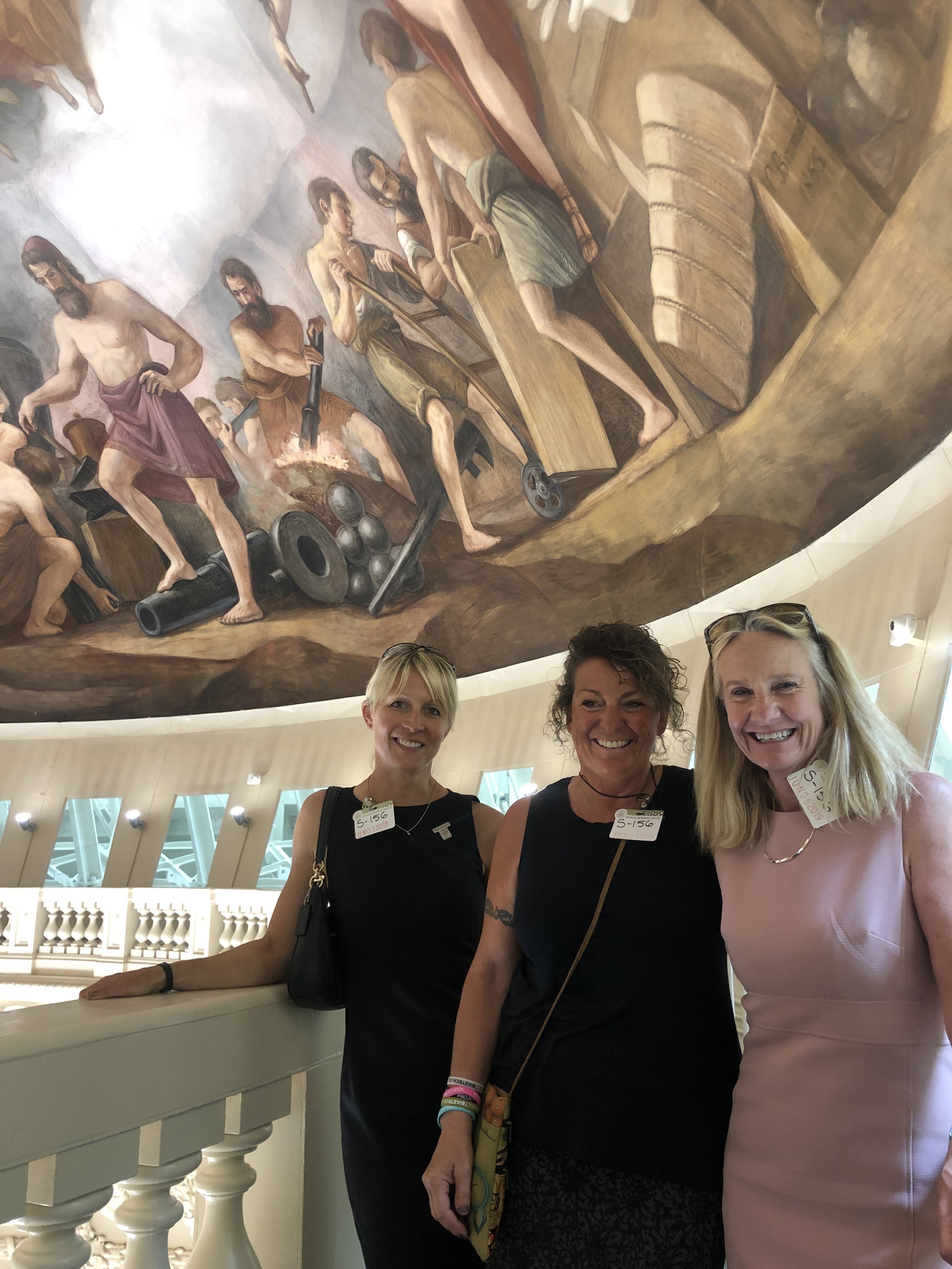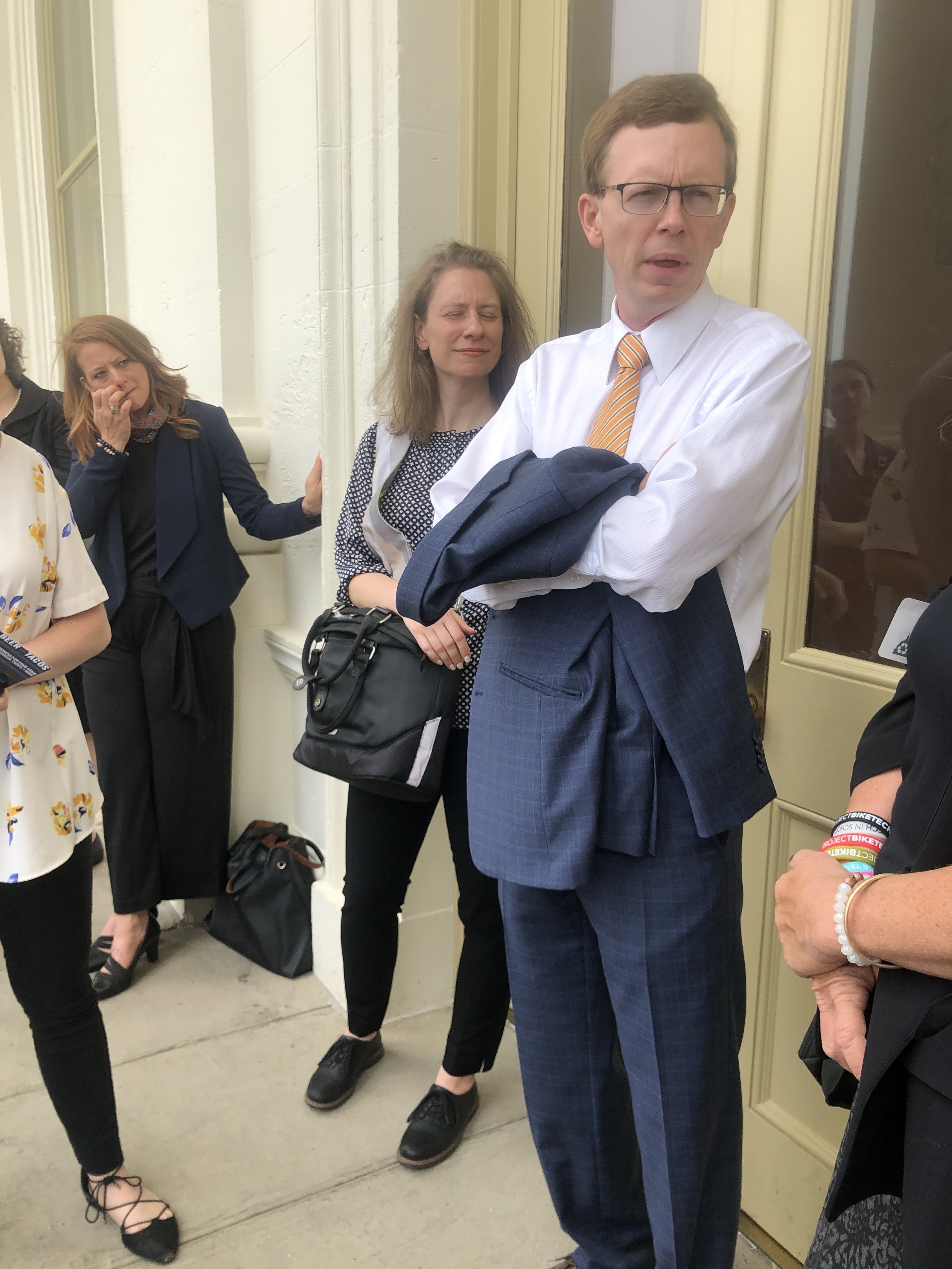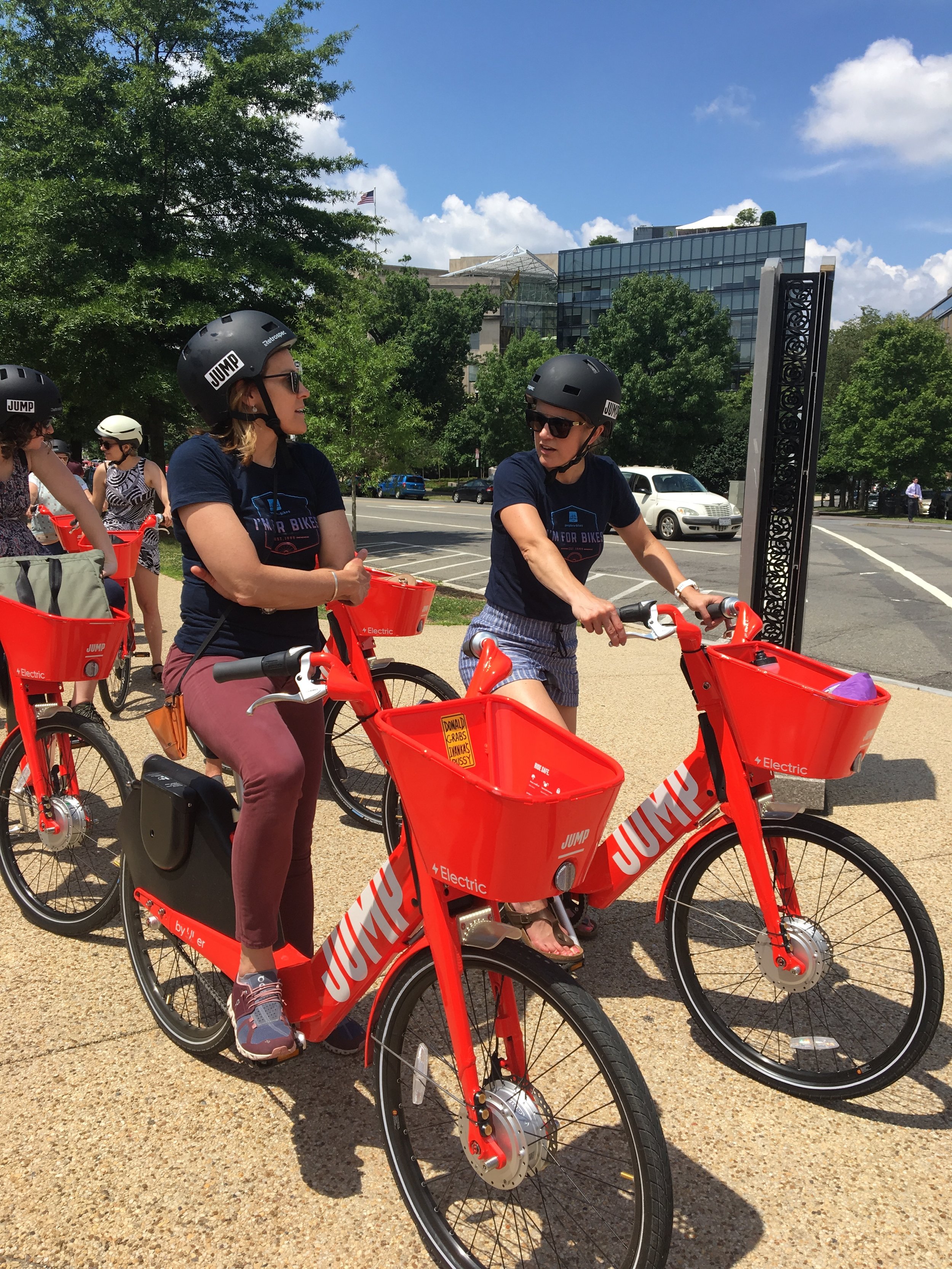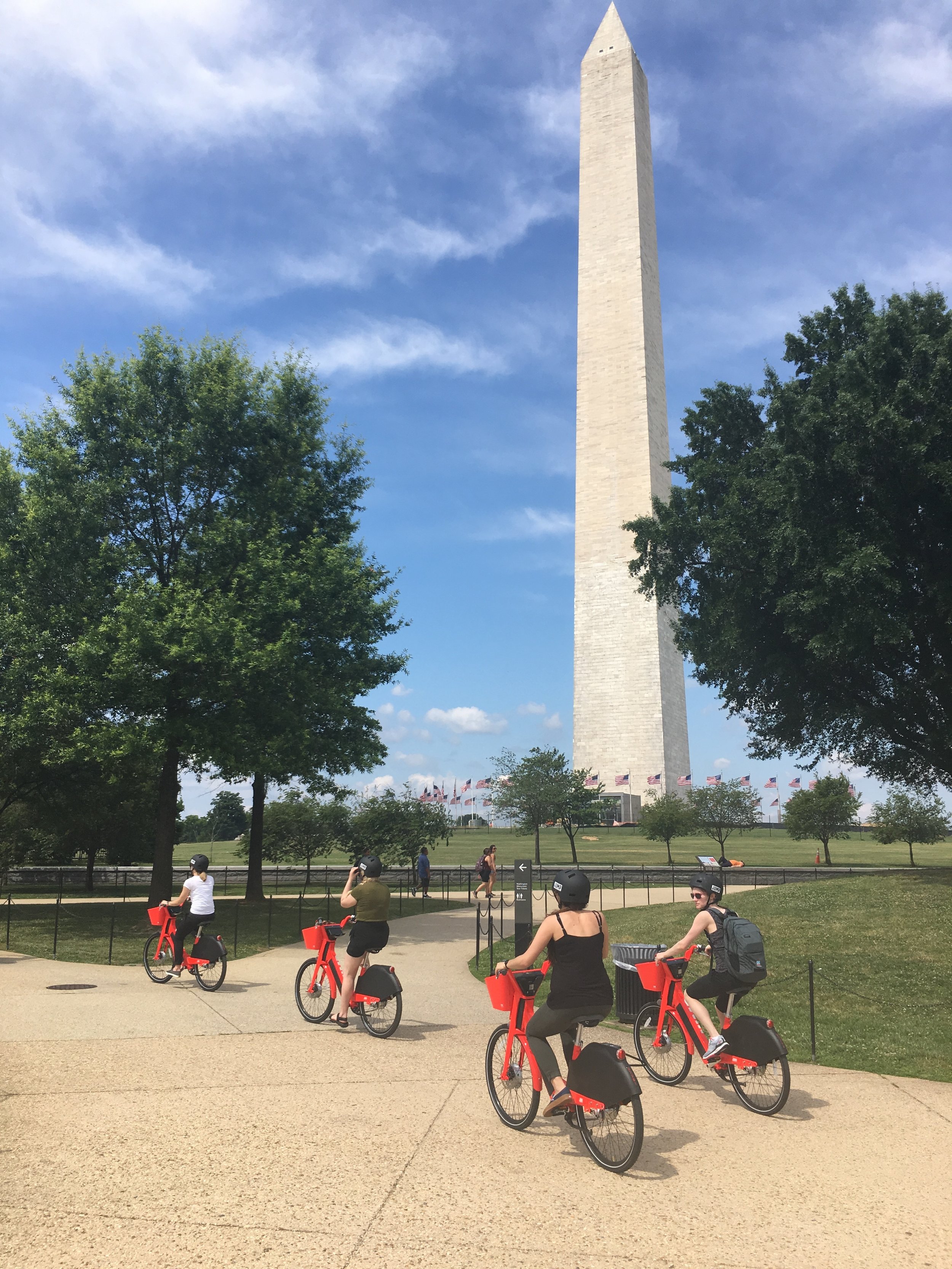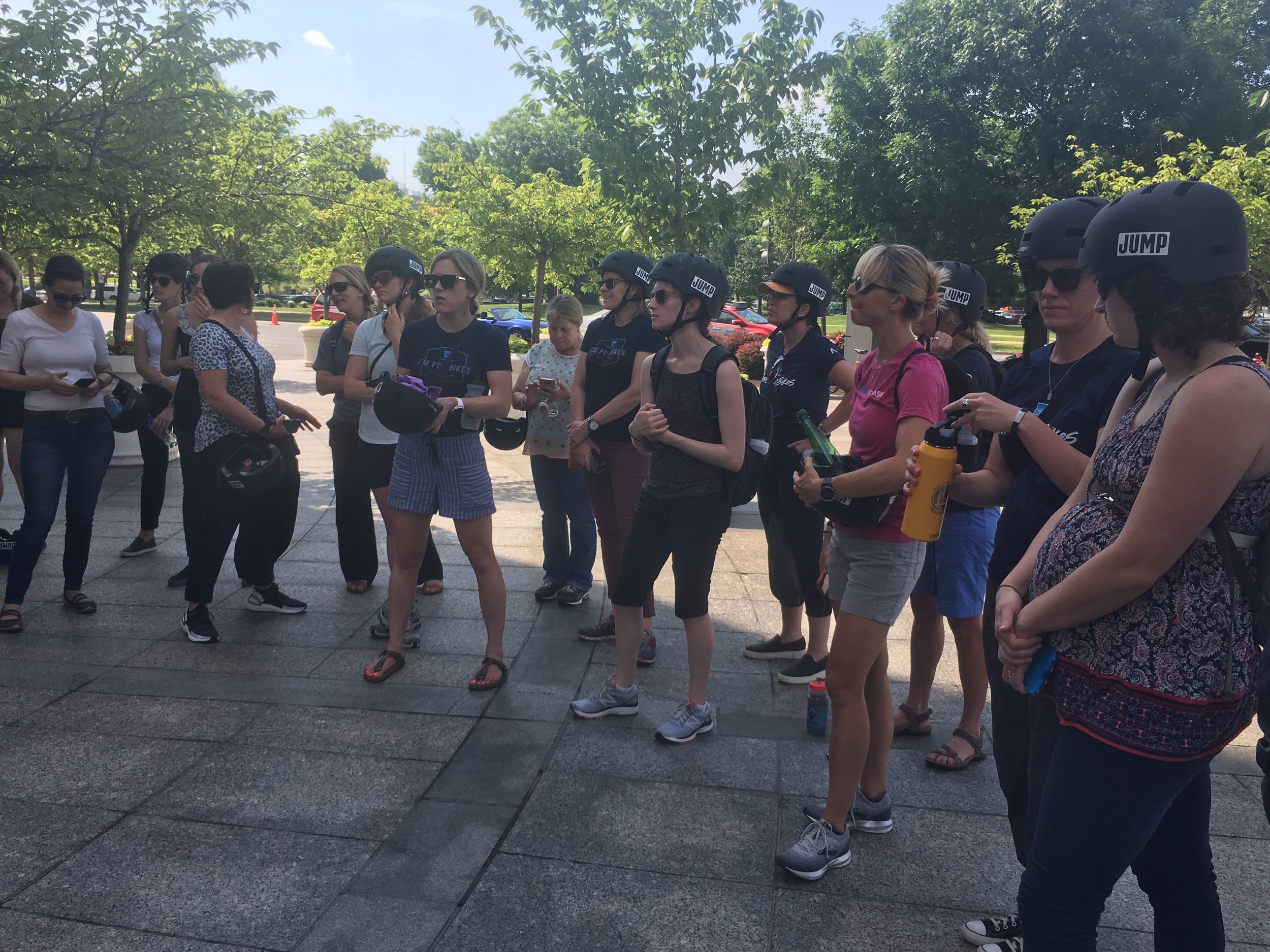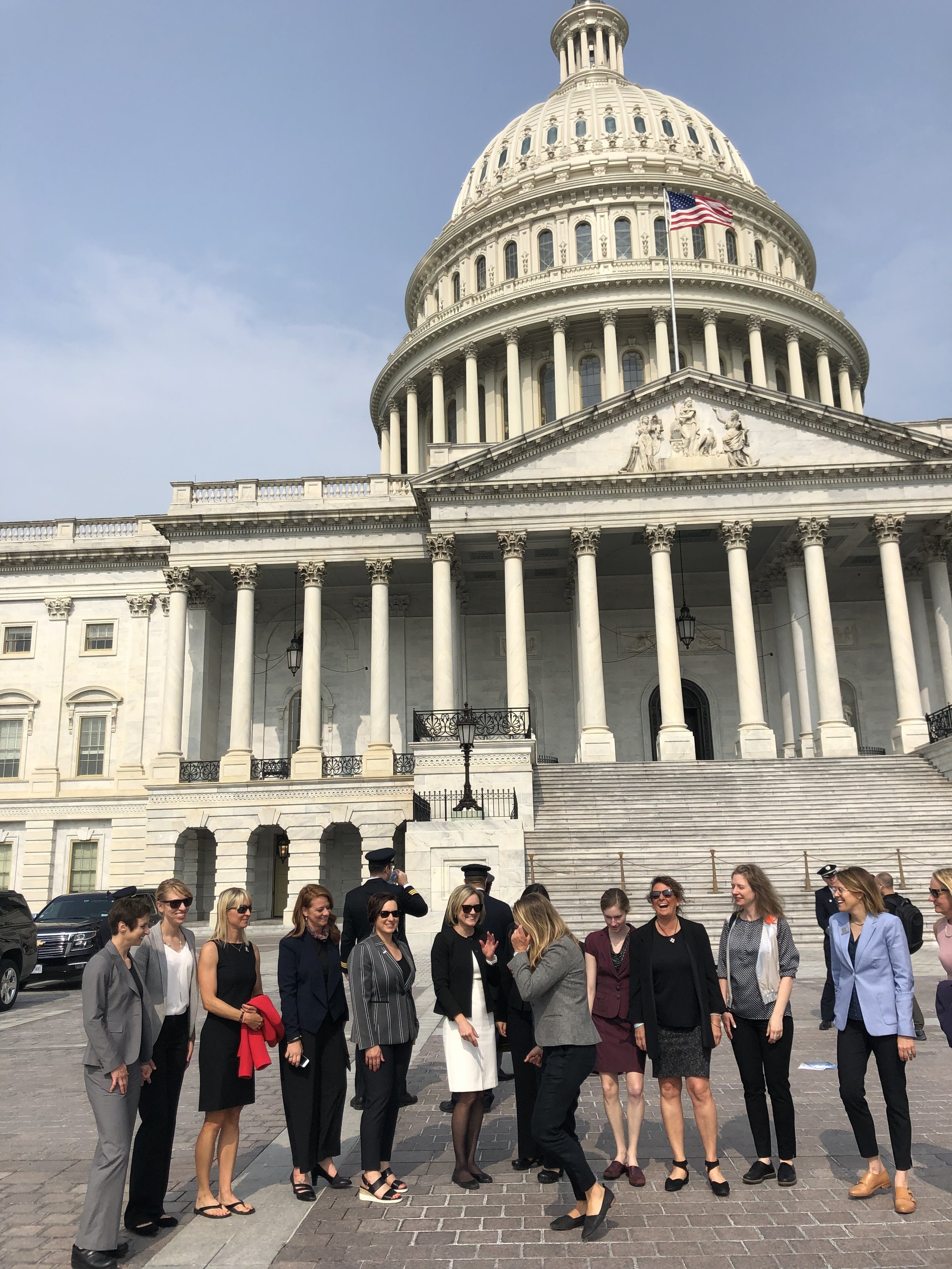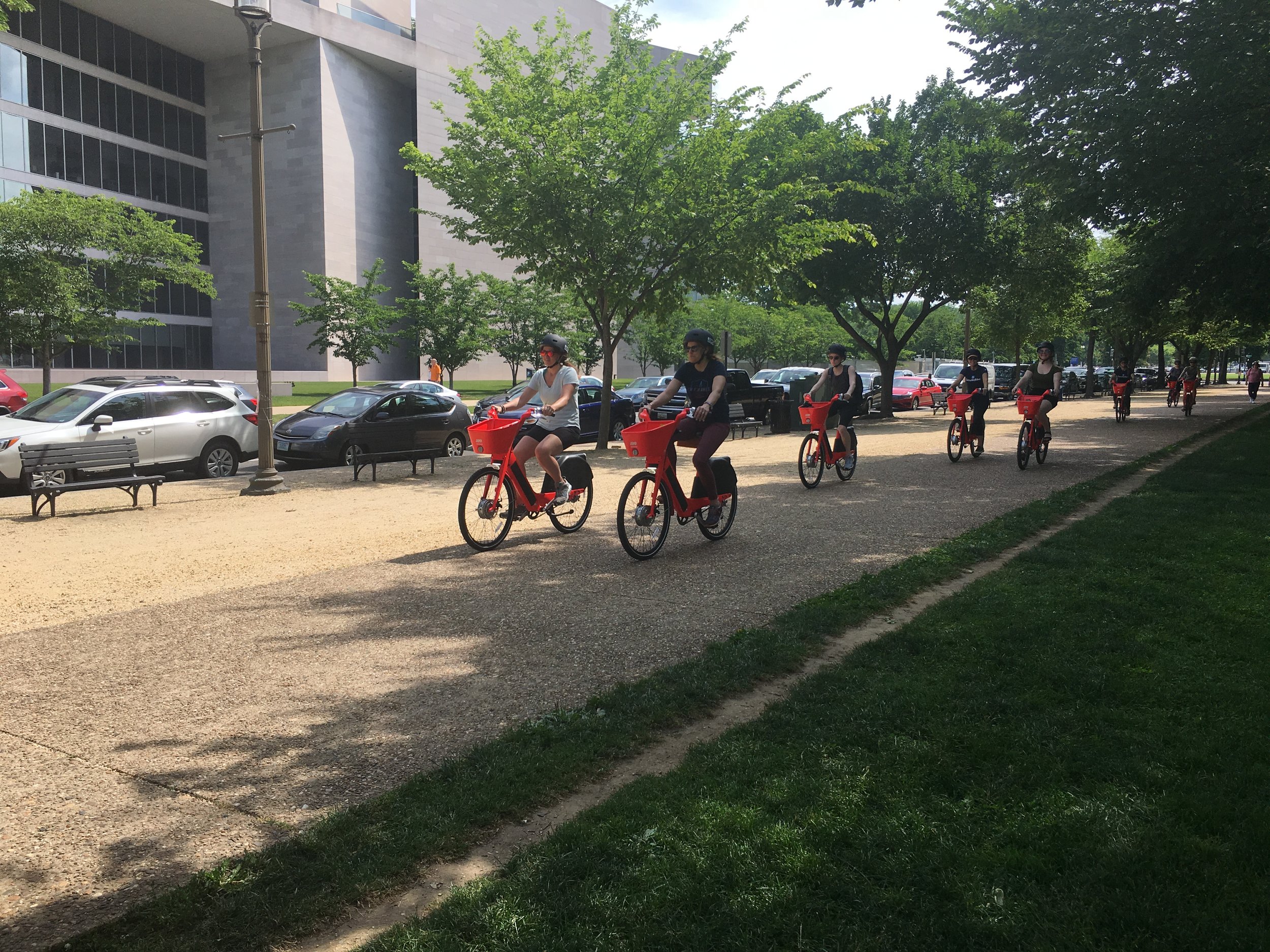I love riding a bike! And over the last year, the need to get out of the house and experience the freedom that only pedal power truly provides was absolutely essential. I took advantage of it whenever I could. And while I was one of those who was required to go to the office, I took full advantage of the reduced vehicular traffic to commute by bike to work more than usual. Man, was it great having the roads almost all to myself both going in and coming home.
Here we are in June of 2021 and we’re getting awfully close to being back to normal, at least as far as traffic and rush hours go. Normally, this time of year I have a good 25-30 days of commuting under my belt. But, due to the cold, wet spring we’ve had in the Denver area this year, my commuting days are down. But, alas, the weather is breaking and the days are starting to add up.
I started commuting by bicycle back in 2002 while living in London. It started as a way to get around the notoriously undependable and overcrowded trains – I would ride in one day, shuttling two days of work gear, and then run in the next. Getting the logistics down is a key ingredient to successful bike commuting. Now that I’m back in Colorado, my commute is significantly longer so the bike is my primary alternate transportation tool. Fortunately, I have a little closet at the office that I use to store several work “kits” so I no longer have to shuttle gear back and forth each day, and my back thanks me for this little gift every day!
Commuting by bike for me is such a win on so many levels. I get at least one good workout in each day; I trade car/traffic time for exercise time (i.e., I have more time for family); I start almost every morning off with a beautiful sunrise, and I get to totally decompress on the bike when commuting home. What this does for my total psyche is absolutely incredible.
I can’t recommend bike commuting enough and I encourage everyone to give it a try. Start small. Try doing it on a weekend when you have extra time and can explore the best route(s) to get both to work and back home again. This will serve you well when you ultimately tackle it during the work week. And who knows…you may find, like I did, that you have a favorite route that you prefer to do in the summer and another that you keep for shorter commutes in the winter.
Here’s to seeing you adding bike commuting to your bike riding repertoire! Trust me, you won’t regret it. And remember: #ridemoredriveless







